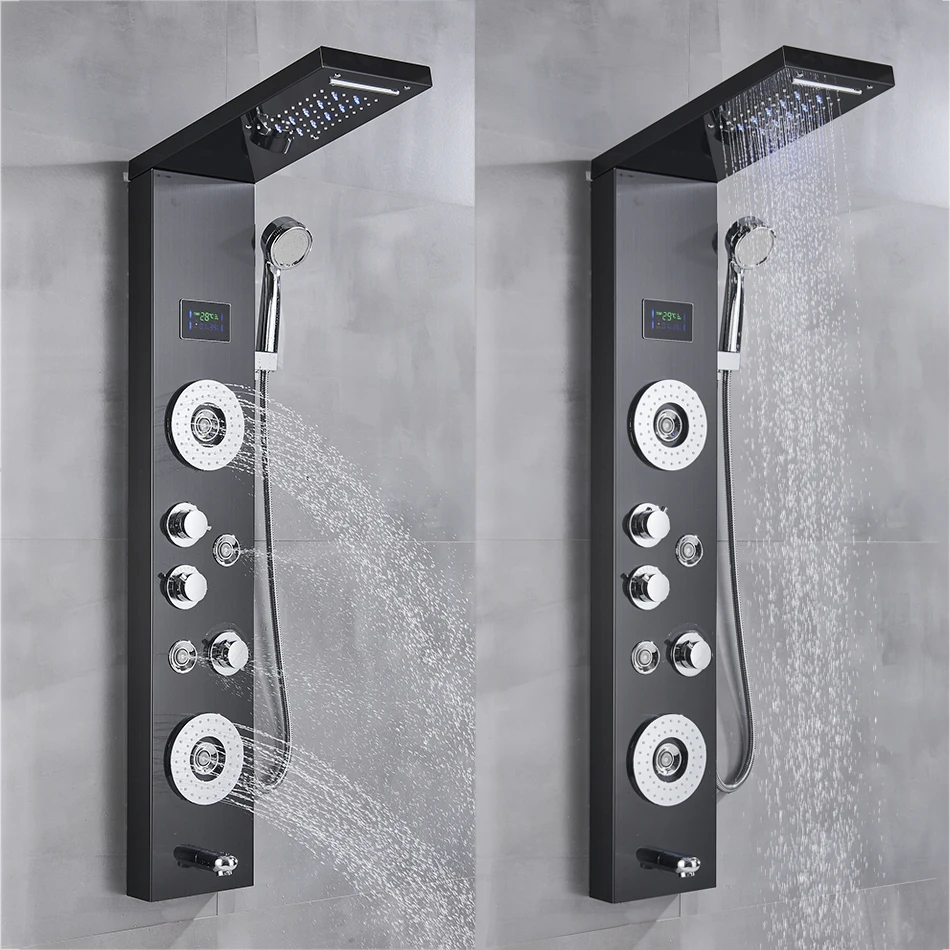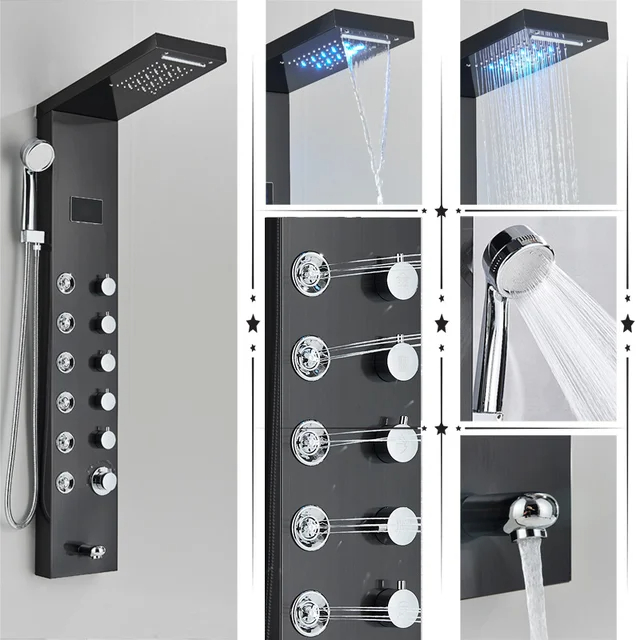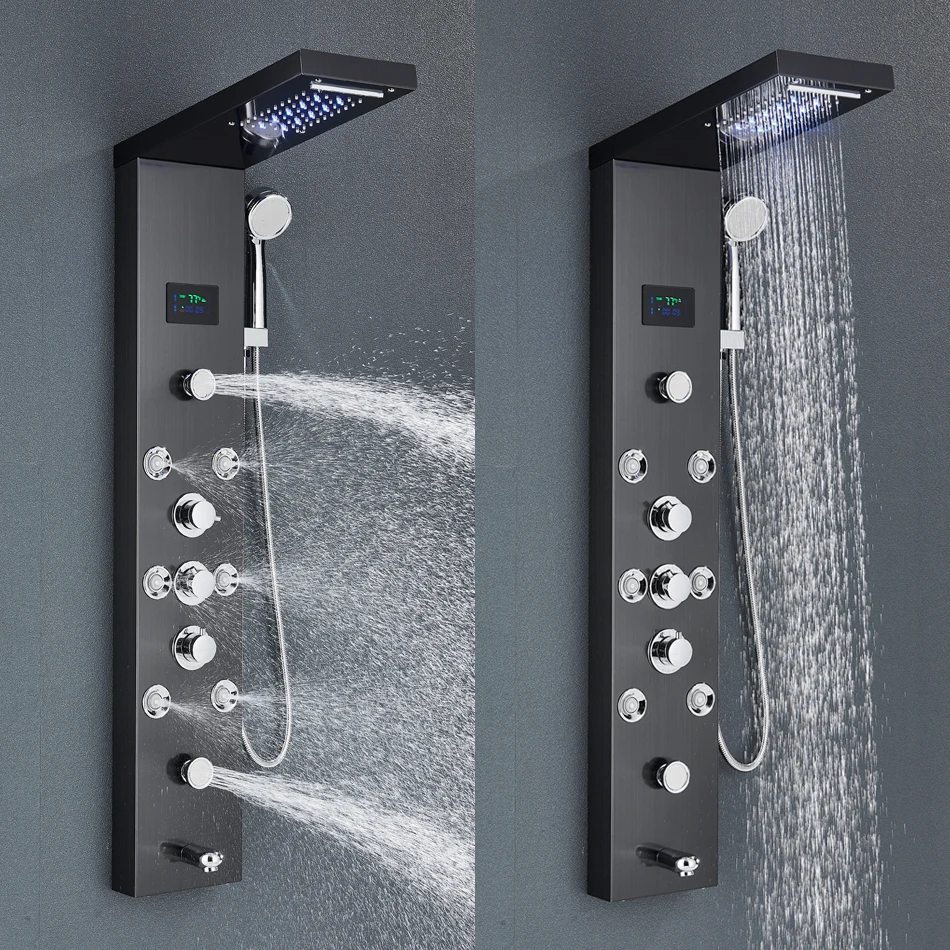Introduction
Regrouting a shower is a common home improvement project that many homeowners consider. Over time, grout can become discolored or damaged due to moisture, mold, and wear and tear. If you’re facing this issue, you might wonder how much it will cost to regrout your shower. This article will break down how much to regrout a shower, factors that affect the price, and tips for a successful project.

Understanding Shower Grout
What is Grout?
Grout is a mixture used to fill the gaps between tiles. It helps secure the tiles and prevents water from seeping behind them. Grout comes in two main types: sanded and unsanded. Sanded grout is used for larger joints, while unsanded grout is best for smaller spaces. Both types can wear out over time and may need replacement.
Why Regrout Your Shower?
Regrouting your shower can improve its appearance and functionality. Over the years, grout can become stained, cracked, or moldy. Not only does this look unattractive, but it can also lead to bigger problems, such as water damage. Regrouting helps prevent these issues and extends the life of your tiles. Additionally, a fresh grout job can make your bathroom feel more modern and clean.
Cost Breakdown of Regrouting a Shower
Average Cost Estimates
The cost to regrout a shower varies widely depending on several factors. On average, you can expect to pay between $300 and $1,000 for a professional regrouting job. This range includes labor and materials. The total cost often depends on the size of your shower, the type of grout used, and your location.
Labor Costs
Labor costs usually make up a significant portion of the total expense. Professional tilers typically charge between $50 and $100 per hour. The time required for regrouting a shower varies based on the complexity of the job. A smaller shower might take a few hours, while a larger or more complicated installation could take a full day or more.
Material Costs
Materials also contribute to the overall cost. The price of grout can range from $5 to $25 per bag, depending on the type and brand. You may also need additional supplies like sealant, tools, and cleaning materials. Keep in mind that high-quality materials can increase the longevity and appearance of the finished product.
Factors Affecting the Cost of Regrouting
Shower Size and Complexity
The size of your shower directly impacts the cost of regrouting. Larger showers require more materials and labor. A simple square shower will be cheaper to regrout than a complex design with multiple angles and decorative tiles. If your shower has intricate tile patterns, this may also raise the overall price.
Type of Grout Used
Different types of grout have varying costs. Standard grout is generally less expensive than specialty options, such as epoxy grout. Epoxy grout is more durable and resistant to stains, but it can cost significantly more. Choosing the right type of grout based on your needs can affect the total expense.
Condition of Existing Grout
If the existing grout is in very poor condition, it may require extensive prep work before new grout can be applied. This could include removing old grout, cleaning the area, or repairing any underlying issues with the tiles. Such additional work will add to the overall cost of the project.

DIY vs. Professional Regrouting
Benefits of DIY Regrouting
Many homeowners consider tackling the regrouting process themselves to save money. A DIY approach can significantly reduce labor costs. With the right tools and materials, you can successfully regrout your shower. There are many online tutorials available to guide you through the process step by step.
Potential Challenges of DIY
While regrouting your shower may seem straightforward, it can present several challenges. Properly removing old grout without damaging tiles requires skill. Additionally, applying new grout evenly takes practice. Mistakes can lead to uneven surfaces, which may necessitate hiring a professional anyway. If you do opt for a DIY project, make sure you’re prepared for the time and effort involved.
Preparing for Regrouting
Tools and Materials Needed
Before starting your regrouting project, gather all necessary tools and materials. You will need a grout saw or scraper, a vacuum for cleaning debris, and a sponge for smoothing. Make sure to select the right type of grout based on your shower’s needs. Additionally, you may need a sealant to apply after grouting for added protection.
Cleaning the Area
A thorough cleaning of the shower area is essential. Start by scrubbing the tiles and existing grout with a mold and mildew cleaner. This step ensures that any remaining grime doesn’t interfere with the new grout. Proper preparation can help ensure the longevity of your regrouting job.
The Regrouting Process
Step-by-Step Guide
- Remove Old Grout: Use a grout saw or scraper to carefully remove the old grout from between the tiles. Take your time with this step to avoid damaging the tiles.
- Clean the Joints: After removing the old grout, vacuum the joints to remove dust and debris. This step is crucial for ensuring that the new grout adheres properly.
- Mix New Grout: Follow the manufacturer’s instructions to mix the new grout. Ensure it has the right consistency for easy application.
- Apply Grout: Using a grout float, apply the new grout into the joints. Hold the float at a 45-degree angle and press the grout firmly into the gaps.
- Smooth the Surface: After applying the grout, use a damp sponge to smooth the surface. This step helps remove excess grout and creates a clean finish.
- Let it Cure: Allow the grout to cure according to the manufacturer’s recommendations. This period is essential for achieving maximum strength.
- Seal the Grout: Once the grout has cured, apply a sealant to protect it from moisture and stains. This step can significantly prolong the life of your new grout.
Tips for a Successful Regrouting Job
- Work in small sections to keep the grout from drying out before you have a chance to smooth it.
- Use a consistent pressure when applying grout to ensure an even finish.
- Clean your tools immediately after use to prevent grout from hardening on them.
Post-Regrouting Maintenance
Keeping Grout Clean
Once you’ve successfully regrouted your shower, maintaining it is key. Regularly clean the tiles and grout to prevent mold and mildew buildup. Use a mild cleaner and a soft brush to scrub the area. Avoid harsh chemicals that may damage the grout over time.
Inspecting for Damage
Periodically check the grout for any signs of cracking or discoloration. Addressing these issues early can prevent more extensive damage and costly repairs later on. If you notice any problems, it may be time to consider regrouting again.
When to Call a Professional
While DIY regrouting can be rewarding, there are times when calling a professional is the best choice. If your shower has extensive damage or if you feel uncertain about your abilities, it’s wise to seek help. A professional can ensure a high-quality job, saving you time and stress.

Conclusion: Making the Right Choice
Regrouting your shower is a valuable investment in your home. It enhances the appearance of your bathroom and protects against water damage. Understanding the costs involved, the DIY process, and maintenance tips can help you make informed decisions. Whether you choose to tackle the project yourself or hire a professional, you’ll enjoy the benefits of a beautifully regrouted shower. Taking the time to plan and prepare will lead to a successful outcome and a striking bathroom space.



